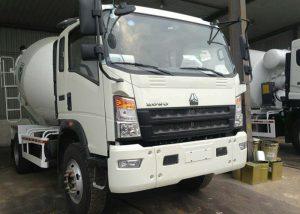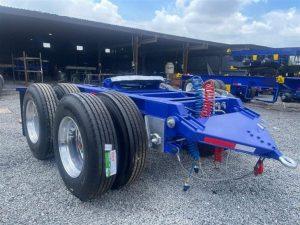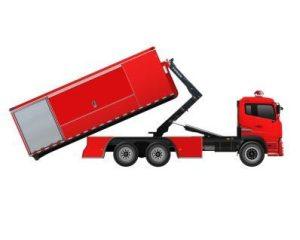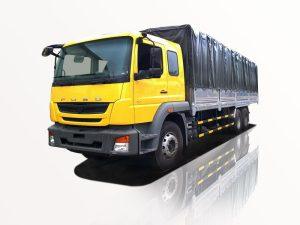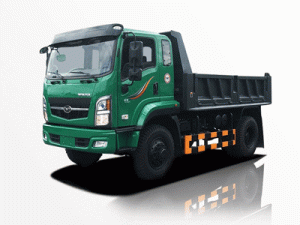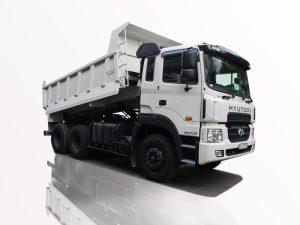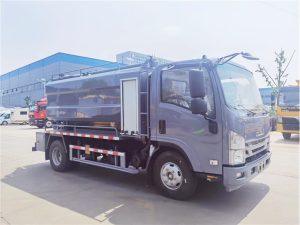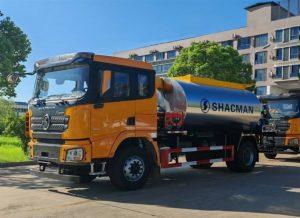Monday to Saturday - 8:00 -17:30
What is a Retarder on a Truck? Understanding the Role and Benefits
In the realm of heavy-duty trucks and commercial vehicles, understanding various components is crucial for both safety and efficiency. One such component that plays a significant role in these vehicles is the retarder. This article provides a comprehensive look into what a retarder is, how it functions, the different types available, and its advantages in trucking.
What is a Retarder?
A retarder is a device used in heavy-duty trucks and buses that helps to slow down the vehicle without placing excessive strain on the brakes. By providing additional braking power, retarders increase safety, improve brake life, and enhance overall vehicle control during descent or in heavy traffic situations.
How Does a Retarder Work?
Retarders function by converting the kinetic energy of the moving vehicle into heat, which is dissipated. This process mitigates wear on the traditional friction brakes, prolonging their lifespan. Retarders work by creating a braking force that acts on the drivetrain or wheels, allowing for a smoother and more controlled stop.
Wet vs. Dry Retarders
Retarders can be categorized into two main types: wet retarders and dry retarders. Below, we illustrate their mechanisms and applications.
Wet Retarders
Wet retarders use engine coolant to help cool the system. They are typically more efficient and capable of handling higher loads without overheating. The mechanism involves using hydraulic fluid to provide resistance to the drive shaft, converting kinetic energy into thermal energy.
Dry Retarders
Dry retarders, on the other hand, employ a mechanical system that uses a series of gears and friction materials to create resistance. While they are simpler and lighter, they are generally less efficient under heavy loads and can wear out faster.
Types of Retarders
Beyond just wet and dry types, there are several specific types of retarders chosen based on the requirements of the truck and its typical operational environment.
Electrical Retarders
Electrical or hybrid retarders use electrical energy to create a braking force. They are becoming increasingly popular as they are lightweight and efficient, offering better fuel economy while reducing brake wear.
Engine Brakes
Often referred to as Jake brakes, these utilize the engine’s own compression to slow the vehicle down. Engine brakes can be used in tandem with retarders for enhanced braking performance.
Exhaust Brakes
Exhaust brakes work by closing the exhaust valve while the engine is decelerating, creating back pressure and slowing the vehicle. This type of retarder is highly effective for reduction in speed while maintaining engine efficiency.
Advantages of Using a Retarder
Incorporating a retarder into a truck’s braking system offers several benefits:
1. Improved Safety
By providing better control over the vehicle’s speed, retarders enhance safety for both the driver and other road users. This is especially crucial on steep descents.
2. Extended Brake Life
Since retarders share the braking load, traditional brakes experience less wear and tear. This prolongs brake life and reduces maintenance costs significantly.
3. Better Vehicle Control
Retarders allow drivers to maintain a consistent speed without constantly engaging and disengaging the brake pedal. This level of control reduces the risk of skidding or losing traction.
4. Fuel Efficiency
By reducing reliance on friction brakes, fuel consumption can be optimized, especially when traveling downhill or on long stretches requiring deceleration.
5. Environmental Benefits
With less brake wear, there is reduced dust and particulate matter released into the environment from braking, benefiting air quality and reducing road pollution.
Practical Recommendations for Truck Operators
For trucking companies and independent operators, the following recommendations can enhance the effective use of retarders:
1. Regular Maintenance
Ensure that retarders are regularly inspected and maintained according to the manufacturer’s guidelines. Regular checks help catch potential issues before they escalate into costly repairs.
2. Driver Training
Invest in training drivers on how to use retarders effectively. Understanding when and how to use them can maximize their benefits and ensure safety.
3. Understand Load Limitations
Different types of retarders have varying load capacities. Knowing the limits of each retarder type will ensure they operate reliably and safely under various conditions.
4. Optimize Routes
Plan routes that minimize steep descents where possible, as these places require higher retarder use, potentially leading to overheating or failure during heavy loads.
Common Myths About Retarders
There are several misconceptions about retarders in the trucking industry that can lead to inefficiencies or safety hazards:
Myth 1: Retarders are Only for Large Trucks
While they are predominantly found in large trucks, any vehicle needing effective heavy-duty braking can benefit from a retarder, including buses and service vehicles.
Myth 2: Retarders Cause Brake Overheating
Retarders are designed to prevent overheating of traditional brakes. When used properly, they actually help to manage the heat generated during braking.
Myth 3: Retarders Slow Down Vehicles Too Much
Retarders can be adjusted to provide the exact amount of deceleration needed. When used strategically, they can ensure smooth and controlled speed reductions.
FAQs About Retarders
1. How much slower do trucks go with a retarder?
The speed reduction varies based on the type and capacity of the retarder, load being carried, and road conditions. Generally, they allow for smooth deceleration without sudden stops.
2. Can I install a retarder on any truck?
While many trucks can be retrofitted with a retarder, it’s important to check compatibility with the truck’s existing systems and consult with a professional mechanic.
3. Do retarders require special maintenance?
Yes, retarders must be inspected regularly, just like any part of a truck. Maintenance needs can vary depending on the type and make of the retarder installed.
4. Are there any downsides to using a retarder?
While retarders have numerous benefits, some downsides include potential high costs for installation and maintenance, as well as added weight to the truck’s overall design.
5. How does a retarder affect fuel efficiency?
By effectively managing speed and reducing the reliance on traditional brakes, retarders can enhance fuel efficiency, especially during long descents.
6. Is training necessary for using a retarder?
Yes, driver training is crucial for the effective use of retarders, as proper understanding leads to improved safety and efficiency on the road.
| Type of Retarder | Advantages | Disadvantages |
|---|---|---|
| Wet Retarder | High efficiency, better cooling | More complex system |
| Dry Retarder | Simpler, lighter | Less efficient, wears faster |
| Electrical Retarder | Lightweight, efficient | Can be more expensive |
| Engine Brake | Effective braking method | Requires maintenance, can be noisy |
| Exhaust Brake | Highly effective, improves fuel efficiency | May reduce engine power momentarily |


